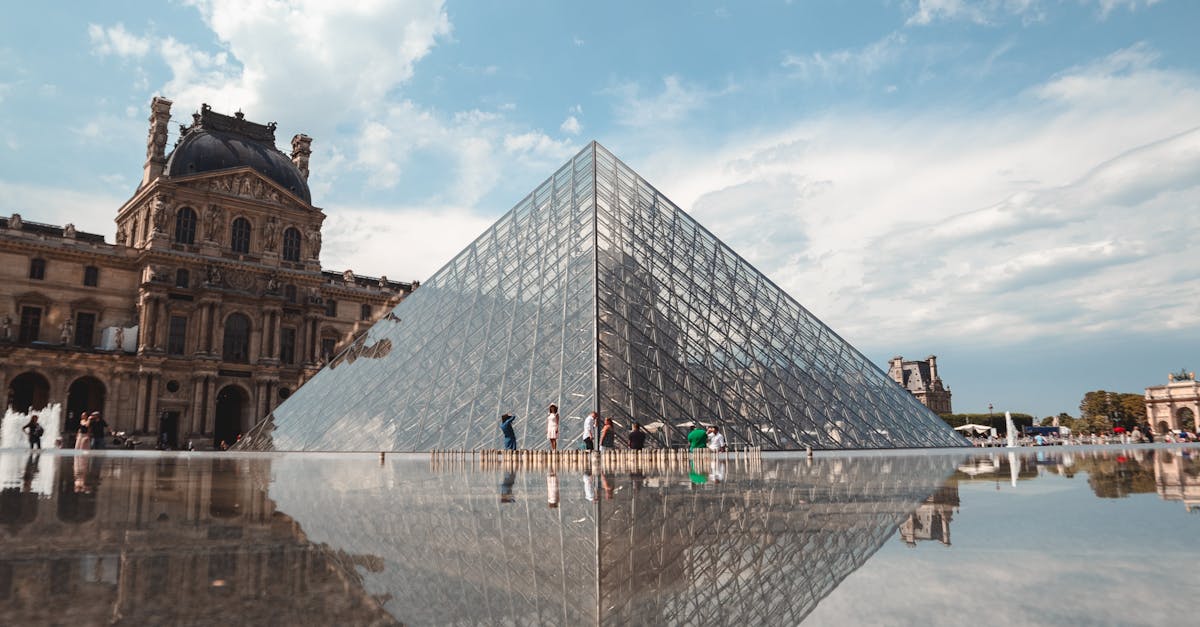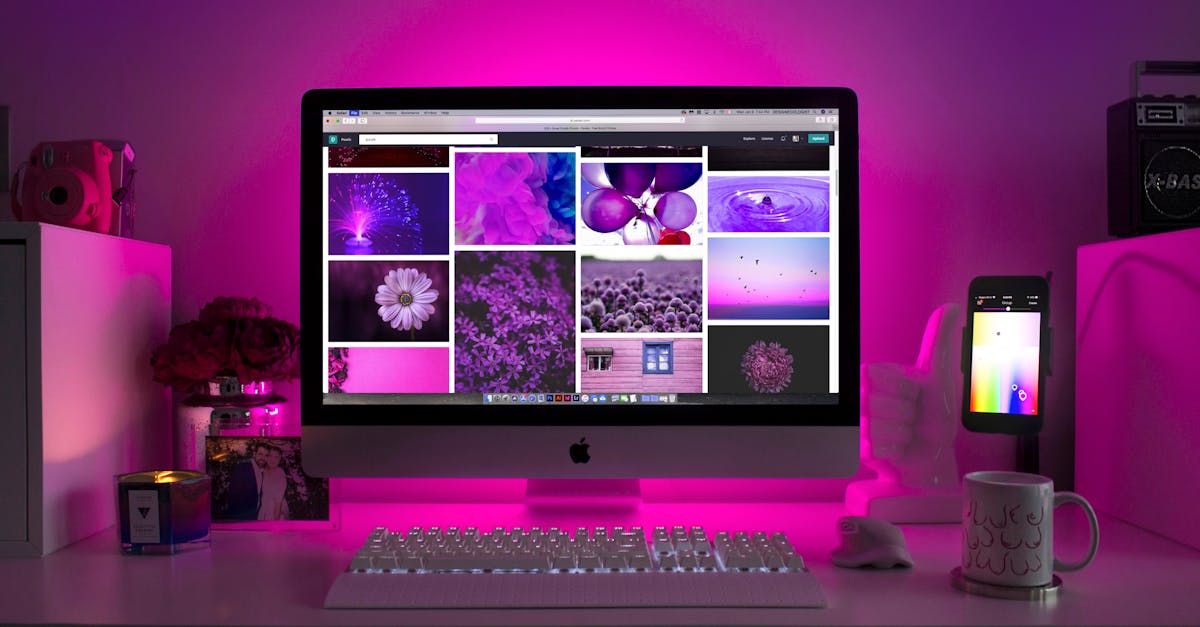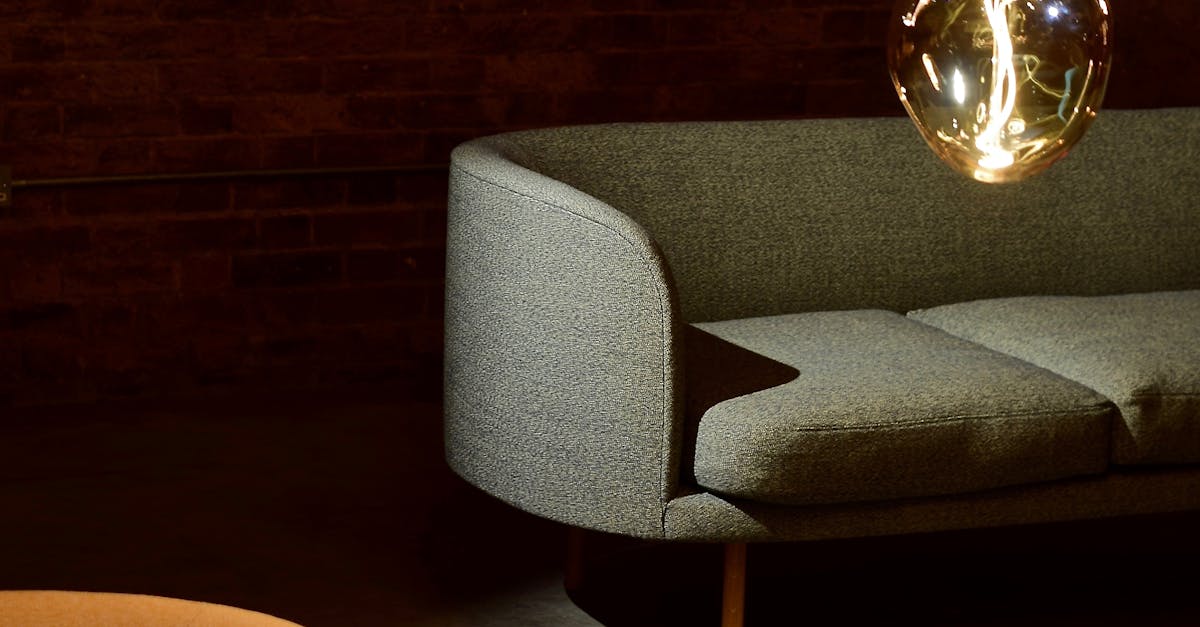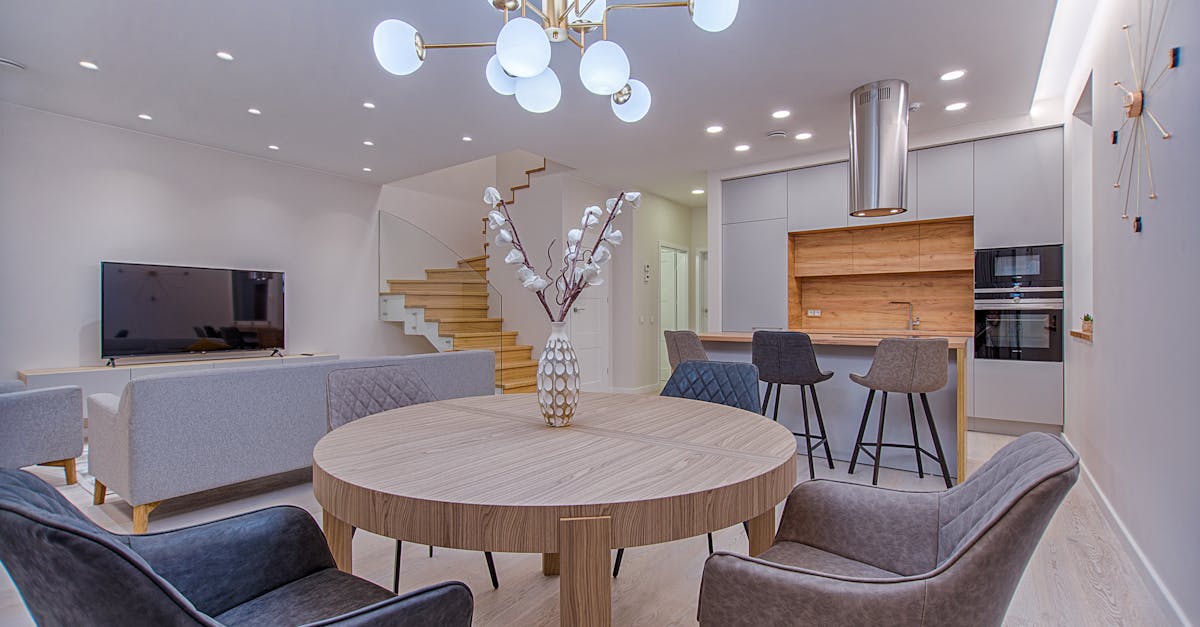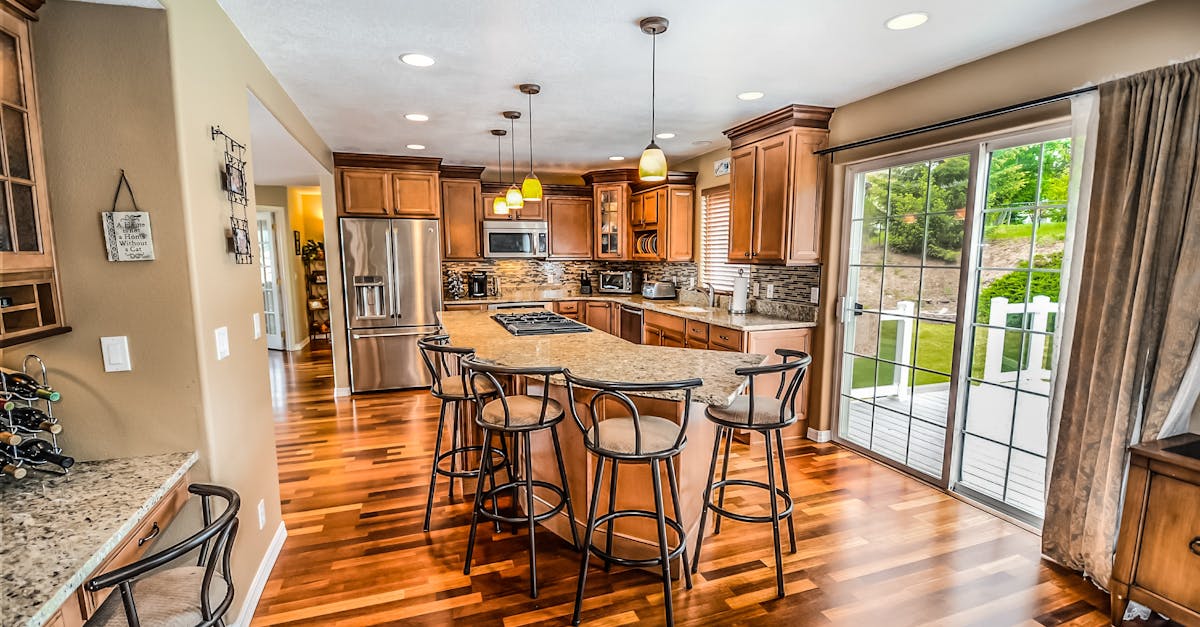
Table Of Contents
Innovations in Smart Lighting Technology
Smart lighting technology has seen significant advancements in recent years, transforming the way we illuminate our living spaces. Lighting Design in Cambridge has embraced these innovations to provide residents with more control and customization over their lighting experience. Smart bulbs, for instance, can be adjusted remotely using mobile devices, allowing users to change brightness levels and even alter the colour of the light to suit different moods and activities.
Moreover, integration with smart home systems has made it possible to automate lighting based on specific schedules or triggers, enhancing convenience and energy efficiency. Lighting Design in Cambridge is at the forefront of incorporating motion sensors and ambient light detectors into lighting schemes to ensure that lights are only on when needed, reducing unnecessary energy consumption and lowering electricity bills. The continued evolution of smart lighting technology offers exciting possibilities for creating dynamic and sustainable lighting environments in both residential and commercial settings.
How is smart lighting revolutionizing the way we control and customize illumination in our homes?
Smart lighting has become a game-changer in the realm of home illumination, offering convenience and efficiency like never before. The advent of smart technology has enabled homeowners to seamlessly control and personalize their lighting experience. In Cambridge, innovative products such as smart light bulbs, switches, and sensors have transformed the way individuals interact with their lighting systems.
Lighting Design in Cambridge has advanced significantly with the introduction of smart lighting solutions. Homeowners now have the ability to adjust the brightness, color, and even schedule lighting preferences with a simple tap on their smart devices. This newfound control not only enhances convenience but also contributes to energy conservation efforts. Smart lighting is revolutionizing the way homes are illuminated, empowering users to create dynamic and adaptable lighting schemes tailored to their preferences and lifestyle.
Sustainable Lighting Solutions
Sustainable lighting solutions play a crucial role in reducing energy consumption and minimizing environmental impact. By opting for eco-friendly lighting options, individuals can contribute to a more sustainable future while also saving on energy costs. Lighting Design in Cambridge includes a variety of choices, such as LED bulbs, which are known for their energy efficiency and durability. These bulbs consume significantly less energy than traditional incandescent bulbs and have a much longer lifespan, making them a cost-effective and environmentally friendly choice for illuminating spaces.
Another sustainable lighting solution gaining popularity is solar-powered lighting. By harnessing the power of the sun, these lights offer a renewable energy source that can be used to illuminate outdoor spaces without relying on electricity from the grid. Lighting Design in Cambridge incorporates solar-powered lights for pathways, gardens, and other outdoor areas to create a beautiful ambiance while reducing the carbon footprint. Additionally, timers and motion sensors can be integrated into lighting systems to further optimize energy usage and enhance efficiency.
What ecofriendly options are available for reducing energy consumption through lighting choices?
Lighting Design in Cambridge is increasingly focusing on eco-friendly options to reduce energy consumption. LED lighting stands out as a popular choice due to its energy efficiency and longevity. LEDs consume significantly less energy compared to traditional incandescent bulbs, making them a sustainable lighting solution for both residential and commercial spaces. Additionally, LED lights produce minimal heat, further contributing to energy savings and environmental benefits.
Another eco-friendly lighting option gaining attention is solar-powered lights. These lights harness energy from the sun during the day, storing it in built-in batteries to illuminate outdoor spaces at night. Solar-powered lights not only reduce electricity consumption but also offer a versatile lighting solution for pathways, gardens, and other outdoor areas. As Lighting Design in Cambridge advances towards sustainability, these eco-friendly lighting options present viable ways to minimize energy usage and promote a greener environment.
Designing Outdoor Lighting Schemes
Lighting Design in Cambridge involves a meticulous approach to planning outdoor lighting schemes, considering both safety and aesthetics. When designing outdoor lighting, it is essential to focus on functionality without compromising on the visual appeal. Strategic placement of lights illuminating pathways, entryways, and outdoor living spaces can enhance both the security and beauty of a property. By carefully selecting the types of fixtures and bulbs, one can create a cohesive lighting scheme that highlights the architectural features of the space while providing ample brightness for practical purposes.
In addition to functionality, the colour temperature of outdoor lighting plays a crucial role in setting the ambiance and mood of the area. Warm white tones can create a cozy and inviting atmosphere, ideal for outdoor relaxation spaces, while cooler hues might be more suitable for enhancing visibility and security in darker areas. Balancing these aspects is key to achieving a harmonious outdoor lighting design that complements the surroundings and meets the diverse needs of the occupants.
What considerations should be taken into account when planning outdoor lighting for safety and aesthetics?
Planning outdoor lighting for safety and aesthetics involves careful consideration of various factors. **Lighting Design in Cambridge** is crucial to ensure that pathways, stairs, and potential hazards are well-lit to prevent accidents. When deciding on outdoor lighting, it is important to strike a balance between functionality and visual appeal. Lighting should be strategically placed to highlight key areas while not overwhelming the overall outdoor design.
Moreover, when designing outdoor lighting schemes, it is essential to choose fixtures that are weather-resistant and durable to withstand the elements. The type of light bulbs used should also be taken into account to ensure efficiency and longevity. By carefully planning the outdoor lighting layout, homeowners can create a welcoming and safe environment for both residents and visitors while enhancing the aesthetic appeal of their property.
FAQS
What are the 4 main types of lighting commonly used in homes?
The 4 main types of lighting commonly used in homes are ambient lighting, task lighting, accent lighting, and decorative lighting.
How does ambient lighting contribute to the overall illumination of a space?
Ambient lighting provides general illumination to create a comfortable and well-lit environment in a room.
What is the purpose of task lighting in a home?
Task lighting is used to provide focused illumination for specific tasks such as reading, cooking, or working on a computer.
How can accent lighting enhance the aesthetics of a space?
Accent lighting is used to highlight specific features or objects in a room, creating visual interest and depth.
What is the role of decorative lighting in home decor?
Decorative lighting adds style and personality to a space, serving as both a functional light source and a design element.
